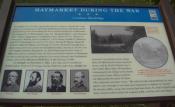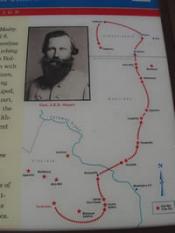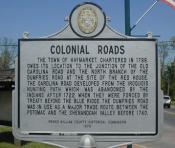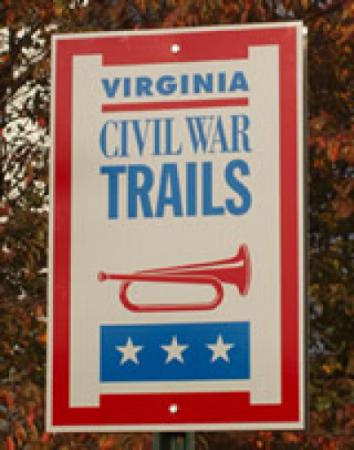Historical Information
In 1799, the Virginia General Assembly chartered the Town of Haymarket on the land of William Skinker. Skinker laid out an official plan for the Town consisting of 140 lots and 13 streets.
Haymarket was almost immediately selected as the site for a new District Court to serve the counties of Fairfax, Loudoun, Fauquier, and Prince William. A courthouse, clerk’s office and jail were constructed sometime in 1801 at the present site of St. Paul’s Church and, in its earliest years, the town thrived on the business drawn to it by the court location.
In 1807, the General Assembly abolished the District Court system in favor of a Circuit Court system to be located at each county seat. The Court House, however, continued to be the focal point of community life. From 1812, the building served a variety of purposes until it was deeded to the Episcopal Church in 1830, and consecrated as St. Paul’s in 1833.

On November 4, 1862, during the Civil War, Federal troops invaded the Town, entering homes and taking whatever they pleased. By early the following morning, the soldiers had set the entire Town ablaze. Only four buildings, St. Paul’s and three small houses nearby, were spared the fire and, as a result, the Town remained virtually unpopulated for the remainder of the war. After the town was burned, there were two more incidents, one in June 1863, and the other in October of that year. Both involved Confederate cavalry. Following General Robert E. Lee’s surrender at Appomattox, Haymarket began to recover from the effects of the war, slowly regaining its former size and prosperity.

In 1882, Haymarket was the second town in the county to be incorporated. Mr. Garrett Hulfish was elected Mayor while the Councilmen elected were Mr. Charles Jordan, Mr. T.A. Smith, and Mr. William W. Meade. The rudimentary ordinances of the town were adopted at the Council’s second meeting in May 1882.
The minutes book of the Town Council of Haymarket, VA allows us a glimpse of town life in 1882 – 1883.

According to those ordinances, horses should not be run or ridden at dangerous speeds within the town. Another provided protection to street trees and shrubbery from possible harm by inconsiderate citizens. Profane language was forbidden within hearing distance of another person. Firearms could not be fired within 10 feet of a building, presumably leaving room for a street shootout, if the participants took care to keep away from buildings!
Near the intersection of Fayette and Washington Street you will see the historical marker which explains how this town acquired the endearing nick-name of The Crossroads. It says:
The gradual evolution of the Town from its essentially rural character continues to this day. Haymarket owns a rich and varied heritage from which it can learn much as it faces the challenges of the twenty-first century.

